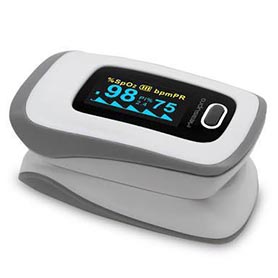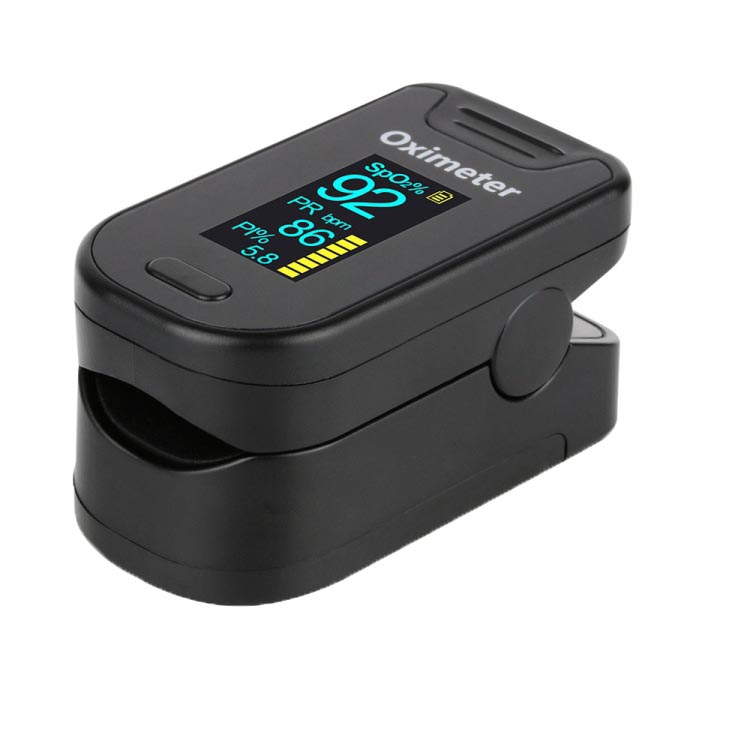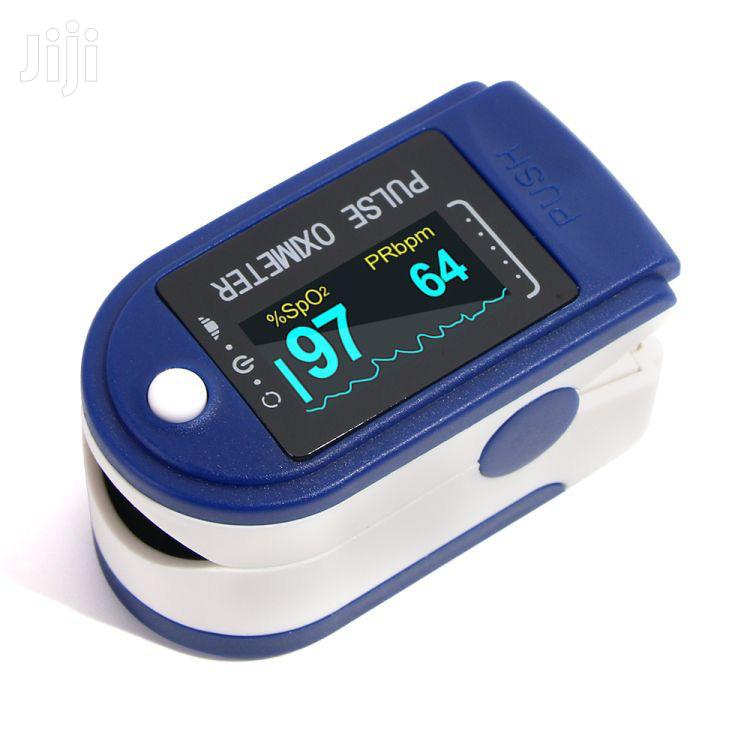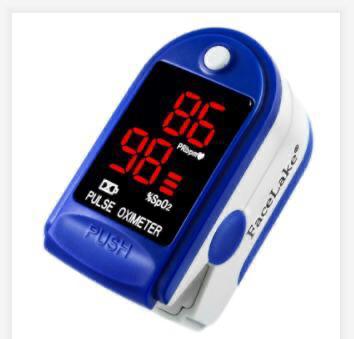Fingertip Pulse Oximeter
Pulse oximeter (likewise called a “Heartbeat Ox”) is a gadget that estimates oxygen levels (or oxygen immersion) in your blood since it’s recognized incidentally (remotely) on the finger, toe, or ear. That is significant, per the World Health Organization, in light of the fact that your blood (explicitly proteins in your red platelets) hauls oxygen around your body and conveys it to your tissues.
Reason and employments
The purpose behind Fingertip Pulse Oximeter is to check how well your heart is circulating oxygen through your body.
It very well might be utilized to screen the strength of people with a condition that can influence blood oxygen levels, particularly while they’re in the health care emergency clinic. These conditions include:
- heart attack or heart failure
- congenital heart defects
- lung cancer
- pneumonia
Common use:
- Evaluate how well another lung is functioning
- To assess whether somebody needs assistance relaxing
- Assess how supportive a ventilator is
- Screen oxygen levels during or after surgeries that require sedation
- Decide how compelling supplemental oxygen treatment is, particularly when treatment is new
- Evaluate somebody’s capacity to endure expanded active work
- Check whether somebody quickly quits breathing while at the same time resting — like in instances of rest apnea — during a rest study
Pulse oximeter readings
Pulse oximeter is regularly a genuinely precise test. This is particularly evident when utilizing excellent hardware found in most clinical workplaces or clinic settings. It reliably gives results inside a 2-percent distinction whichever way of what it genuinely is. On the off chance that your perusing was 82 percent, for instance, your actual oxygen immersion level might be somewhere in the range of 80 to 84 percent. Notwithstanding, the nature of the waveform and evaluation of the individual should be thought of. Factors, for example, development, temperature, or nail clean can affect the precision.
An oxygen immersion level of 95 percent is viewed as typical for most solid people. A degree of 92 percent shows potential hypoxemia, or lack in oxygen arriving at tissues in the body.
For more check here








get high pr links free –
cvneehqtn lmpca isxecbp wppo ifjbjoyogutqrvz